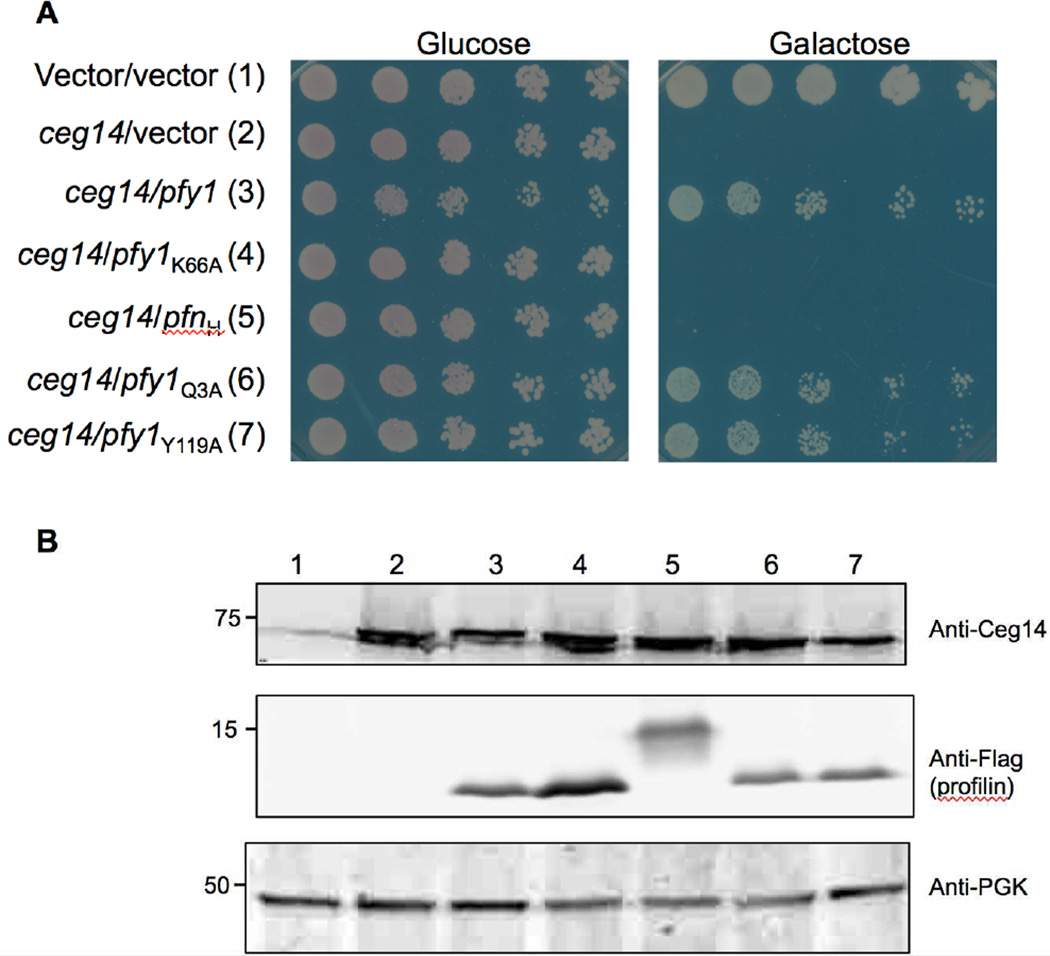Fig. 3. A profilin mutant defective in binding actin has lost its ability to suppress the toxicity of Ceg14.
A. The yeast strain inducibly expressing Ceg14 was transformed with plasmids that direct the production of Flag-tagged human profilin, yeast profilin or its mutants defective in binding actin, phosphoinositol or poly-l-proline. The strains were then grown in glucose medium before spotting dilutions onto glucose and galactose plates. Images were acquired after 3-day incubation at 30°C. B. The expression of Ceg14, profilin and its mutants were probed in yeast cells induced by galactose for 6 hrs. Ceg14 was detected with a specific antibody and the two profilin proteins and mutants were detected by using the Flag-specific antibody. The 3-phosphoglycerate kinase (PGK) was also probed as a loading control (lower panel). Protein size makers (in kDa) are on the left lane of the blot.

